NOR23 - 3D Printing Enabled Natural Bolt-Action Evolution

In the USA, the Remington 700 pattern is synonymous with “bolt-action rifle”. Whether it's for hunting, military, or sport shooting, the manual precision rifle almost invariably ends up being a derivative of the venerable Remington design. While many have brought to the market gradual improvements on the original receiver, its limitations have mostly been carried over for over 60 years. With modern design tools and the manufacturing freedom granted by 3D printing, NOR23 modernizes the platform, growing its strengths and minimizing its shortcomings.
More Firearms 3D Printing @ TFB:
The Remington 700 receiver - What can be improved?
The average Remington 700 user is unlikely to shoot their rifle to its destruction; however, actions that have outlived several barrels may end up showing signs of irreparable wear. One of the founders of NOR23, with years of military sniping experience, recalls seeing the effects of multiple years of abuse on several rifles, and these highlighted the areas where improvement could be applied.
The metal strip connecting the front to the rear of the ejection port is the weakest part of traditionally manufactured receivers. This is visually obvious in standard open receivers, but still holds true in more modern and rigid units with an integral top rail. These, generally machined from a larger bar stock than the traditional ones, would have enough material to beef up the area, but the added complexity and weight make this approach uncommon.
Another area of improvement is the connection between the stock and the receiver. While the recoil lug handles the job of transferring the recoil forces to the stock, the receiver is always joined to the stock (or chassis) by just two bolts engaged only by the length of 3 threads.
Over-torquing these bolts, in the belief that this would make the assembly more rigid, can cause undue torque on the action and this can be reflected on the scope, affecting accuracy.
Besides structural considerations, which may or may not be felt by the user, there are operational areas open to improvement. Mainly regarding the use of accessories, currently fastened to the handguard and requiring moving the firing hand out of shooting position for manipulation.
NOR23 - Who are they?
NOR23 is a small company, a two-man team, set to bring innovation in a particularly conservative niche, within an already risk-averse industry.
The mind behind the designs we’ll look at is a metal AM designer working in the defense/aerospace industry, and formerly a military sniper.
The other half of NOR23 is the former owner of Surgeon Rifles, the first manufacturer to offer a redesigned Remington 700 receiver with a closed top and integral rail. His experience in the field of high-quality precision rifles ensures that the final product fully satisfies the requirements of demanding users.
NOR23 - Blade 7 and ELI
NOR23 is currently manufacturing 2 models (patent pending), both based on the short-action pattern.
The Blade 7, a “full utility” design offering all of the advantages that can be obtained by intelligent use of Additive Manufacturing (Laser Powder Bed Fusion), in a package that doesn’t scream “science fiction” to the average rifle shooter.
Conversely, the ELI is a more minimalist approach that sheds weight wherever possible and gets closer to the ideal use of material, resulting in an appearance that may appear too extreme to some.
Both designs are born with the common goal of overcoming the limits of the original Remington model. The ejection port, covered by an integral rail, is reinforced by a “blade” of extra material that stiffens the bottom of the window, while the assembly bolts thread into bosses offering about 230% of the original engagement. On top of this, the receiver loses metal where it’s not necessary and, thanks to its AM construction, it has some cavities that can be filled with loose material to get a “dead-blow hammer effect” and customize the recoil response.
These features are supposed to offer a system that will outlive many barrels, and likely owners as well. NOR23 tested the stability of the action during strenuous use with overpressure rounds up to the point of bulging a barrel, while getting again ⅓ to ½ MOA groups after rebarreling.
The more noticeable details of the system, however, are the threaded bosses on the side of the receiver. These are meant to offer attachment points for accessories, through M-LOK adapters, directly on the action. The potential, for example, is having a 1X RDS at the correct eye relief, aligned on the left of the scope, allowing the searching of the target with the left eye, and offering a stereo vision with the red dot centered in the scope once both eyes are opened. Without any weapon or head tilting, this could substantially reduce target acquisition times.
Being able to fasten all accessories on either the sides or the extended integral rail also offers a less front-heavy set-up and reduces the need for sophisticated chassis systems. A more minimalist stock setup, as long as it is correctly sized and offers the possibility of connecting a bipod, may suffice.
The current version of the Blade7, built “for forever” in 17-4PH stainless steel, weighs about the same as the average short-action receiver, while the ELI in the same material can be considerably lighter.
However, both designs have already been tested in Grade 5 Titanium, an option for those willing to get both the highest performance and weight reduction.
Price, Availability, and Future
NOR23 was not born to take over the market, but rather to poke it, and to show it that there are doors opening for those who dare challenge the status quo. The company isn’t going to set up a manufacturing facility: they are cranking out receivers in small batches, through an aerospace parts manufacturer, fulfilling orders from the few users (civilians and non) who managed to get to know about the project. The full production will be a limited run of a few batches.
The standard package includes a receiver, the bolt (an off-the-shelf unit with bespoke shroud and handle), 3 accessory rails, multiple mounting bolts (same size as the ones connecting to the stock), and O-rings and weights for the handle. The bolt face may be requested for either .308 or .223 pattern calibers. The entire project is designed with an open-source mindset: the customers will also receive blueprints of the accessory rails and info on the supply of the bolts, so they will be able to customize their setup and potentially update it, even long after NOR23 will have fulfilled its role and ceased to operate commercially.
The package above, for a steel action, is offered at $ 2,750. Surely a steep price if compared to standard, mass-produced alternatives. Not far from the average when compared with premium, custom actions.
While NOR23 is not chasing high-volume manufacturing, they could consider licensing these patent-pending designs to larger manufacturers, as long as these will be committed to executing the system with the quality it calls for.
Conclusions
We understand the potential of the NOR23’s designs may be far from the needs of most users, yet some may see it clearly and be inspired to push the boundaries of what we currently accept as already perfected.
What do you, TFB readers, think of this project? Would you consider such a solution for your next precision rifle build? Do you like the outworldly looks or do you prefer more traditional lines? As usual, let us know in the comments.
All images courtesy of NOR23 unless otherwise specified.

Italian firearm enthusiast, Giorgio has a passion for innovative or plainly unusual mechanical solutions. He's also interested in manufacturing technologies with a recent focus on additive manufacturing.You can contact him at giorgio_o at zoho dot com and you'll find him in the comments section as Giolli Joker.
More by Giorgio O
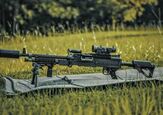
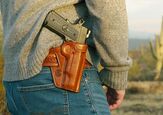
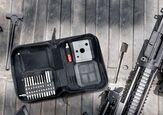
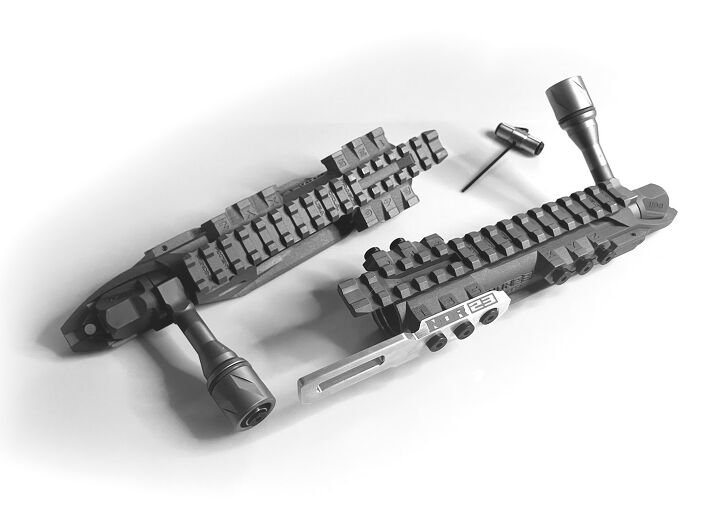



















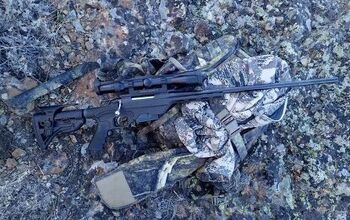
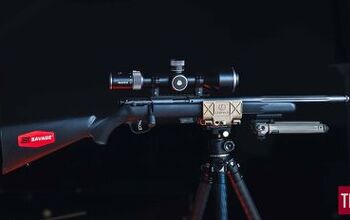

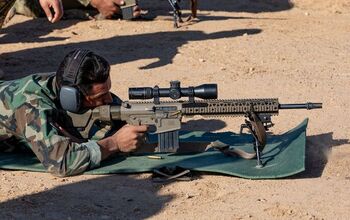


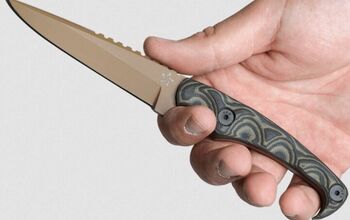




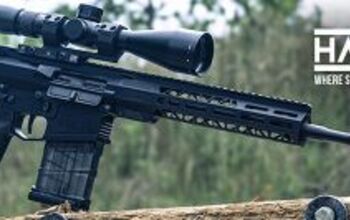
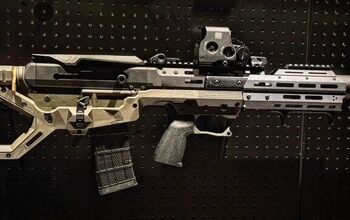


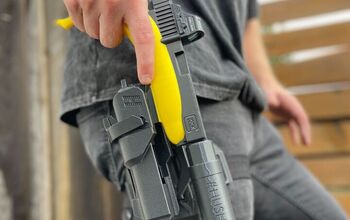
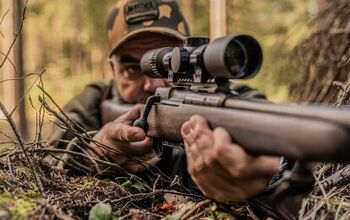

Comments
Join the conversation
That's really cool!